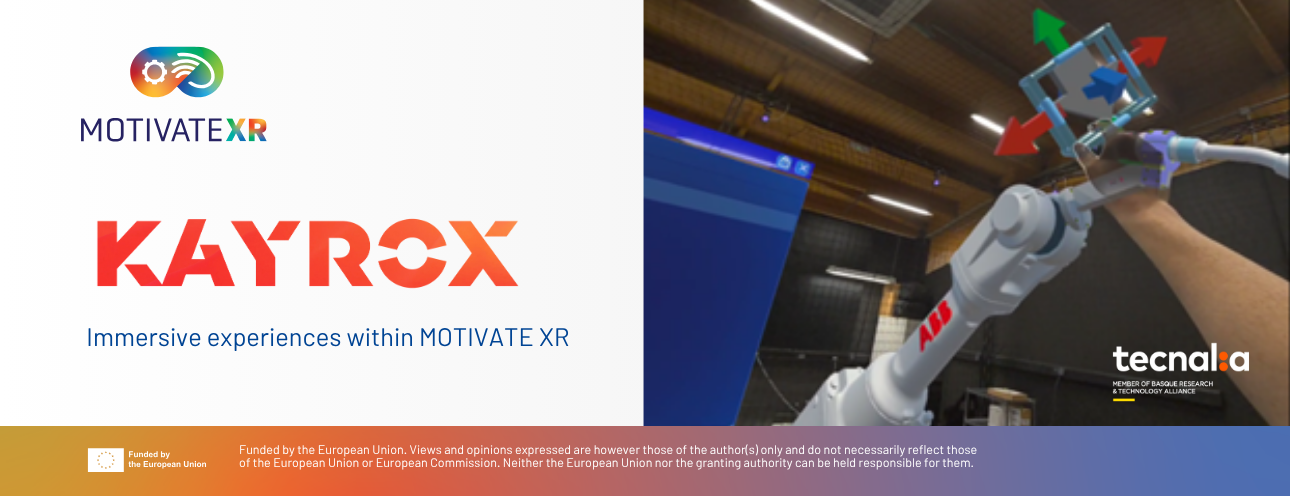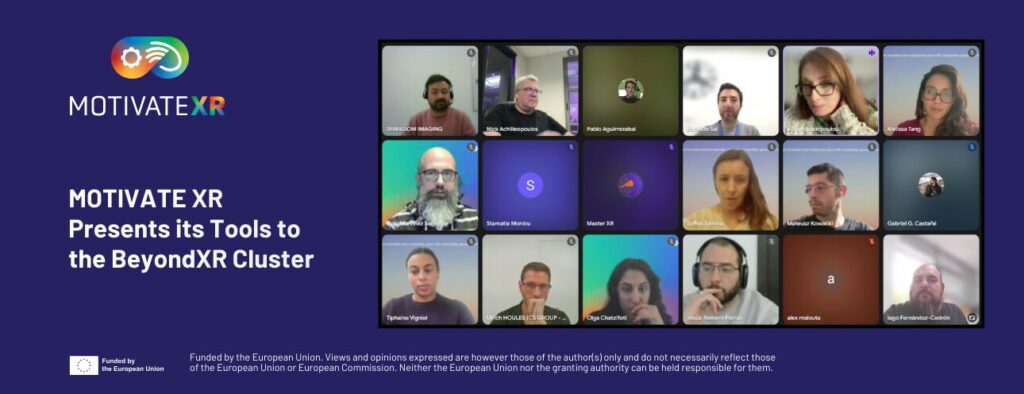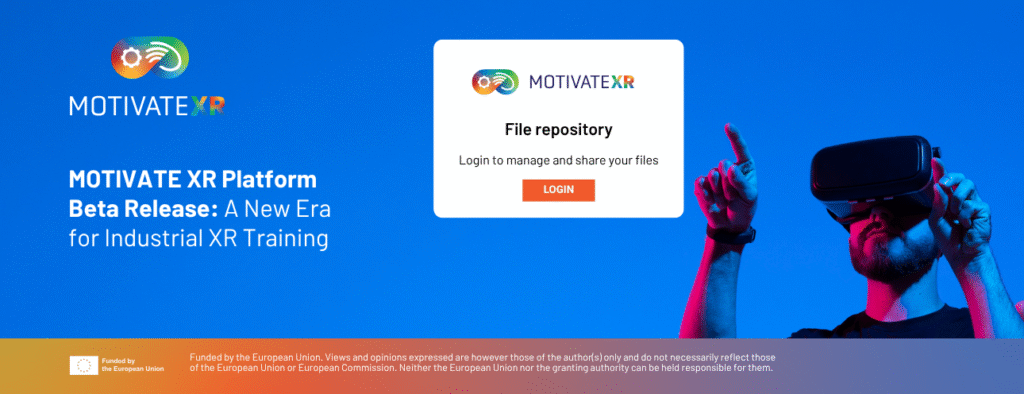In a world where mixed reality has become a pillar of industry, technological solutions must evolve not only to remain relevant, but also to anticipate tomorrow’s needs. KAYROX, our XR experience authoring tool, is a benchmark in the modernisation of industrial processes, from operator training to incident resolution on production lines. However, the rapid advancement of technology is driving us to redefine our approach, and taking advantage of the MOTIVATE XR context, we have done so by committing to a platform based on OpenXR and Visual See-Through (VST) headsets, a decision motivated not only by the need to adapt, but also by the revolutionary potential of these technologies.
At Tecnalia, our job is not to react to change, but to anticipate and shape it. At KAYROX, our vision has always been the same: to provide the workforce with the most intuitive, powerful and effective remote assistance and training tools possible. For years, we have realised this vision through the KAYROX platform, with Microsoft HoloLens 2 glasses as our reference hardware, offering the best mixed reality with native development.
However, the technological horizon never remains static. And we have a responsibility to ensure that our technology is not only relevant today, but also ready to lead tomorrow. For several months now, our XR researchers have observed a technological convergence with enormous potential: on the one hand, standardisation and confirmation through open APIs and, on the other, a huge leap in the fidelity and capacity of the display technology of the latest XR headsets.
OpenXR: The Backbone of a Flexible and Sustainable Ecosystem
Our first strategic decision was architecture. Building the future of KAYROX native players on an open standard was not an option; it was a necessity. Dependence on a single manufacturer’s API, however excellent it may be, is a strategic limitation. It chains you to their roadmap, their commercial decisions, and, ultimately, limits your customers’ options.
Since its inception, KAYROX has been a solution based on open standards, a decision that reflects our commitment to innovation and interoperability. For virtual reality, we decided to go with WebXR from the outset, a standard that allows immersive experiences to be run directly in browsers, thus ensuring accessibility and compatibility with a wide range of devices. That is why KAYROX offers its web player (via browser) for everything related to virtual reality. However, in the field of mixed reality, where precise integration between the real environment and virtual elements is required, WebXR has not yet achieved the necessary level of performance and capacity.
For all these reasons, we have rebuilt our augmented manual player from scratch on OpenXR. For those who are unfamiliar with it, OpenXR is the universal standard promoted by the Khronos Group consortium. It acts as a common ‘language’ between mixed reality software and hardware. By developing OpenXR, we ensure that KAYROX can run on any device that adheres to this standard, which fortunately includes virtually all relevant manufacturers on the market.
This commitment to OpenXR is a statement of principles that translates into direct benefits:
- Freedom and Investment Protection for the Customer: Our customers invest valuable time and resources in creating their augmented manuals or any other XR experience. With this new architecture, our customers’ investment is protected and becomes universally portable. They will be able to choose hardware from Meta, HTC, Varjo or any future player that emerges, confident that their KAYROX content will adapt accordingly. The choice of device becomes a decision based on its capabilities, price and suitability for the task, not a software restriction.
- Agility and Innovation for KAYROX: For our team, OpenXR has become an accelerator. It allows us to focus our talent on improving the user experience and the functionalities of our platform, rather than dedicating development cycles to maintaining multiple code versions for each device. We are ready to embrace innovation in any hardware as soon as it appears.
The Maturity of Mixed Reality: The “Golden Age” of See-Through Video (VST)
With the OpenXR foundation secured, our attention turned to the visual experience. HoloLens 2’s optical see-through (OST) technology was pioneering, but the industry has learned from its limitations: reduced field of view, lack of hologram opacity in bright environments, and inability to adequately represent the colour black.
Meanwhile, in parallel, Video See-Through (VST) technology has undergone spectacular maturation. VST, which uses external cameras to display the real world inside the headset, has gone from being a promising but problematic technology with latency and low-resolution issues to becoming the high-fidelity option preferred by the entire industry. We are no longer talking about experimental technology; we are talking about a robust solution that, in many aspects crucial for industrial use, is objectively superior. The proof of this maturity is across the entire market spectrum.
- The New Benchmark for Fidelity – Apple Vision Pro: Apple didn’t call it Mixed Reality, it called it ‘Spatial Computing.’ With its ultra-low latency VST system, powered by the R1 chip, and its micro-OLED displays, it has shown the world how digital elements can have weight, presence, and a visual solidity indistinguishable from a real object. It has set a new standard of quality that has legitimised VST as a premium technology.
- Industrial Precision – Varjo: At the most demanding end of the professional spectrum, companies such as Varjo with its XR series (e.g. the XR-4) have been perfecting a ‘human eye resolution’ VST. Their devices are the choice of aeronautical engineers, automotive designers, and simulation centres that require the highest possible fidelity for critical decision-making. Varjo demonstrates that VST is not only ready for industry, but is already the preferred choice for the most demanding use cases.
- The Democratisation of High Quality – Meta Quest 3: And finally, the Meta Quest 3 has achieved the milestone of packaging a colour, low-latency, high-resolution VST experience into an accessible and scalable device. It has brought this high-end technology within reach of mass deployments.
This convergence of players, from Apple to Varjo and Meta, leaves no room for doubt: VST has come of age. For our mixed reality use cases at KAYROX, its advantages are overwhelming:
- Total Field of View: Instructions and 3D objects fill the operator’s field of view, integrating naturally into their environment without the ‘mailbox’ effect of optical see-through (OST).
- Absolute Clarity and Opacity: A safety warning is a solid, vibrant red. A technical diagram is perfectly opaque and legible, regardless of ambient light. Black is black, allowing for clear interfaces and rich visual content.
- Competitive Cost: Headsets are generally more affordable, making it feasible to scale XR projects across multiple plants or centres without a prohibitive investment.
Microsoft’s announcement about the future of HoloLens 2 support (which will officially end in 2027) simply validates the direction we had already taken.
Our Current Milestone: KAYROX on Meta Quest 3, Strategy Made Reality
To validate our vision, our team set itself a clear goal: to offer a flawless KAYROX experience on the Meta Quest 3 headset. The result has been a resounding confirmation of our strategy.
Running an augmented KAYROX manual on Quest 3 is simply a superior experience. The stability of the holograms is perfect. The readability of the text and the vividness of the 3D models far exceed what is possible on optical systems. The ability to interact naturally with your hands, combined with the wide field of view, creates an immersive and highly effective working environment.
The success of Quest 3 is tangible proof that our OpenXR architecture is robust and that VST technology is ready. KAYROX now offers an elite user experience in a format that companies can afford to deploy by the hundreds, not dozens.
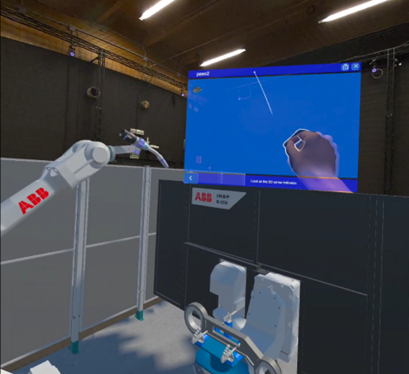
Enhanced On-Site Authoring: Transforming the Creation of Augmented Manuals in the Real Environment
The new approach based on VST-based viewers enhances one of KAYROX’s most innovative features: the ability to create and edit augmented manuals on site, i.e., directly in front of the machine or equipment being documented. This feature, which allows authors to visually align augmented content with real components in real time, becomes even more accurate and intuitive with VST viewers. By projecting the real environment in high definition and superimposing virtual elements with great accuracy, authors can position themselves in front of a machine, interact through natural gestures with a specific element (such as a screw, sensor or valve) and generate instructions, annotations or animations that align perfectly with those physical elements.
This eliminates the need to work from 2D plans or abstract models, reducing errors and ensuring that manuals reflect the reality of the work environment with unprecedented fidelity. The combination of high-resolution cameras and inside-out tracking in VST headsets enables smooth and accurate interaction, ideal for complex industrial equipment where understanding the environment and work context is key.
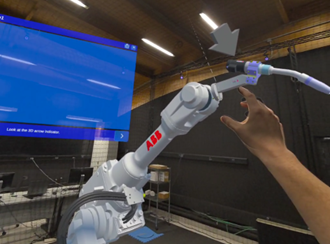
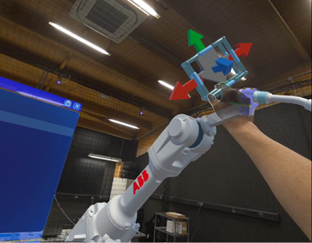
Next target: KAYROX for ‘the MOTIVATE XR headset’, LeonardoXR
Our refactoring towards an OpenXR + VST approach not only provides us with a robust and scalable player, but also strategically aligns us with European innovation in the XR world, enabling us to deploy KAYROX on headsets powered by companies such as Youbiquo, also a partner in MOTIVATE XR.
For example, Leonardo XR is a see-through video headset developed in Italy by Youbiquo. Our architecture enables us to easily bring KAYROX to this type of emerging hardware without the need for rewrites or major adaptations. This guarantees a smooth entry into the European market, with shorter integration times and lower operating costs.
Stay tuned, more development coming soon!!
Authors

TECNALIA
Pablo Aguirrezabal, a Deusto Computer Science graduate, is a Senior Researcher at Tecnalia (since 2011) focusing on image recognition and 6D Pose estimation for his industrial PhD. He’s led diverse projects in VR, AR, and Deep Learning across Industry 4.0 and cultural heritage, contributing to numerous publications. His prior roles include eHealth research at DeustoTech and an associate professorship in AR/VR at ESIC.

TECNALIA
Iñaki Martínez-Sarriegui, an experienced Telecommunication Engineer with an MSc in Telemedicine, previously researched patient empowerment and trust mechanisms at UPM. He then led R&D at Optiva Media, driving innovation with AI, BigData, and XR in TV and audiovisual content. Since May 2024, he’s been a Project Manager at Tecnalia Research & Innovation, coordinating computer vision and XR projects and securing public funding.
